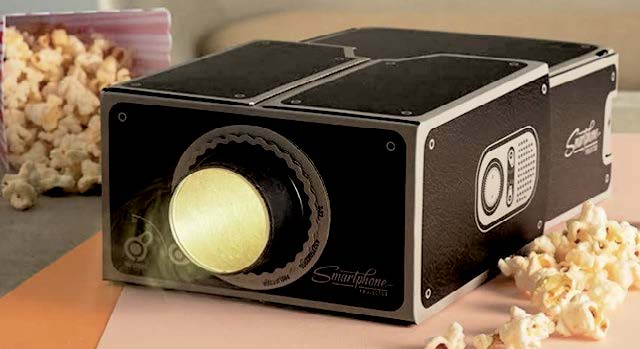
#Nasa has sent a spacecraft chasing after an unexplored asteroid, in the hope that it might one day keep us from being destroyed.
The OSIRIS-REx robotic hunter has blasted off to the asteroid Bennu. When it gets there it will scoop up bits of ancient space rock – which could eventually tell us not just about where we came from but whether there is life elsewhere as well.
But before it helps us find aliens, the craft might help us save ourselves.
Bennu comes past Earth every six years – and could come so close in 150 years that it hits us. The odds are tiny – less than one-tenth of 1 per cent – but that is still significant.
And while the rock itself wouldn’t destroy Earth, though could cause huge destruction, there are asteroids flying around
By sending the craft to Bennu, scientists will be able to learn more about the still somewhat mysterious paths of asteroids, and help them predict when one might collide with us. It might also help them learn more about what to do if one is.
OSIRIS-REx will hover like a hummingbird over Bennu, according to Lauretta, as the spacecraft’s 10 ft (3m) mechanical arm touches down like a pogo stick on the surface for three to five seconds. Thrusters will shoot out nitrogen gas to stir up the surface, and the loose particles will be sucked up into the device. Spacecraft managers call it “the gentle high five.” They get just three shots at this, before the nitrogen gas runs out and the effort abandoned.
The team opted for this touch-and-go procedure instead of landing to increase the odds of success. Despite extensive observations of Bennu from ground and space telescopes, no one knows exactly what to expect there, and it could be difficult if not impossible to anchor a spacecraft on the surface, Lauretta said.
Osiris-Rex’s freed sample container – the same kind used for the comet-dust retrieval – will parachute down with the pristine asteroid treasure in Utah. The mother spacecraft, meanwhile, will continue its orbit of the sun.
Among the 8,000 Nasa launch guests was the schoolboy who came up with the asteroid’s name for a contest.
Twelve-year-old Mike Puzio of Greensboro, North Carolina, cheered as he watched his first up-close rocket launch: “It was awesome!”
“Unbelievable,” added Dr. Larry Puzio, his pediatrician dad.
The name Bennu comes from the heron of Egyptian mythology. Mike thought OSIRIS-REx looked like a bird, with its twin solar wings and long arm outstretched for a sample grab. And with the spacecraft named after the Egyptian god Osiris, Bennu was an obvious choice, he said.
OSIRIS-REx is also a Nasa acronym for origins, spectral interpretation, resource identification, security-regolith explorer. The estimated cost of the mission is more than $800m (£603m).
“Space exploration brings out the best in us,” Nye said shortly before OSIRIS-REx began its journey. “It is an extraordinary use of our intellect and treasure to elevate humankind, to help us know our place in the cosmos.” Source: The Independent
Space agency starts to unfold
atlas of 1 billion stars in 3D
MADRID: If space is the final frontier, it will help to have an accurate map, and the European Space Agency says its mission to chart more than 1 billion stars in the Milky Way is on track for completion in a year’s time.
The agency released the first data on Wednesday from its ongoing effort to draw the biggest and most precise three-dimensional map of our galaxy.
Mission manager Fred Jansen told a news conference in Madrid that he is “extremely happy” with the precision of the data gathered so far. It is being distributed among scientists for analysis.
At the heart of the five-year mission is the 10-meter (33-foot)-wide Gaia spacecraft, which resembles a barrel sitting on a saucer. It carries two telescopes and is orbiting slowly around the sun.





Be the first to comment